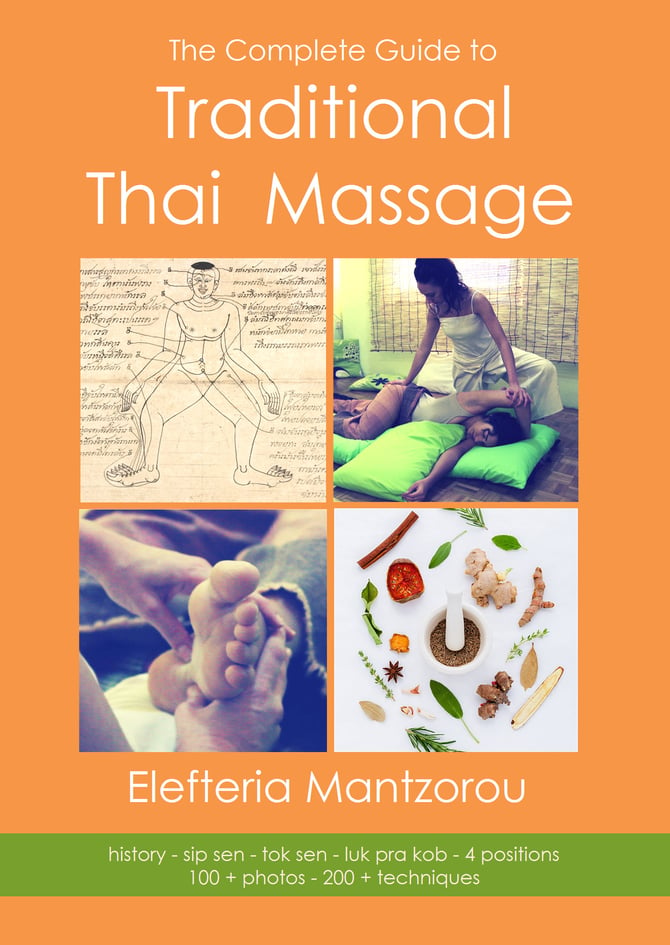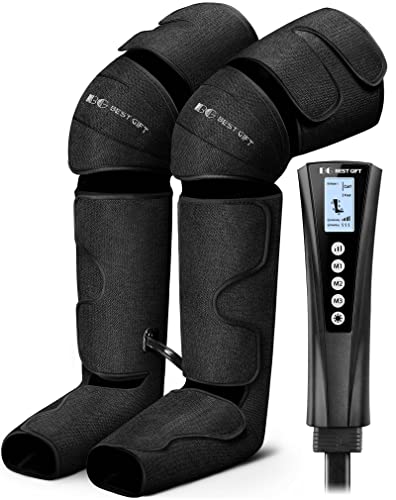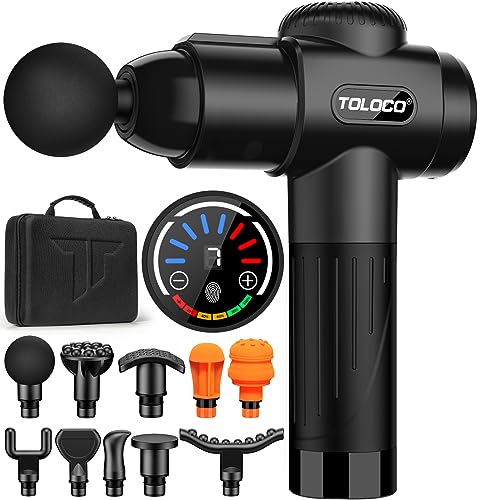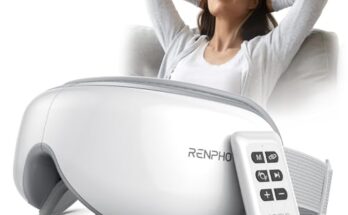Swedish massage focuses on long, flowing strokes and kneading, while Thai massage incorporates stretching and compression techniques. Both massages aim to promote relaxation and alleviate muscle tension, but the approaches and methods differ significantly.
Swedish massage originated in Europe and is known for its gentle and soothing techniques, primarily using oils. On the other hand, Thai massage has its roots in Thailand and incorporates more active movements and passive stretching, often without the use of oils.
Understanding the differences between these two popular massage styles can help individuals choose the most suitable treatment for their specific needs and preferences. Whether seeking a calming and gentle experience or a more invigorating and dynamic approach, knowing the distinctions between Swedish and Thai massage can lead to a more satisfying and effective bodywork experience.

Credit: www.amazon.com
Techniques Used In Swedish Massage
Swedish massage and Thai massage are popular forms of bodywork, each with its own unique techniques and benefits. When it comes to Swedish massage, there are several key methods used to relax and heal the body. These techniques include effleurage, petrissage, tapotement, and friction. Understanding these different methods can help you determine which type of massage is best for your needs.
Effleurage
Effleurage is a gentle, gliding stroke used to warm up the muscles and increase blood flow. It involves using the palms and fingertips to apply long, soothing strokes along the body, typically in the direction of the heart. This technique helps to relax the recipient while preparing the body for deeper massage strokes.
Petrissage
Petrissage is a kneading and squeezing motion that targets the deeper layers of muscle tissue. The therapist uses their hands, thumbs, and fingertips to firmly grasp and lift the muscles, promoting tension release and improved circulation. This technique can help to alleviate muscle stiffness and reduce pain.
Tapotement
Tapotement involves rhythmic tapping, pounding, and striking movements using the edge of the hand, cupped hand, or fingertips. This technique stimulates the muscles, awakens the nervous system, and can provide a sense of invigoration. Tapotement is often used to energize and revitalize the body.
Friction
Friction involves deep, circular movements applied with the fingertips, thumbs, or knuckles. This technique targets specific areas of tension or discomfort, helping to break up adhesions and release knots in the muscles. Friction can also improve flexibility and promote healing in injured tissues.

Credit: medium.com
Techniques Used In Thai Massage
Thai massage, also known as Thai yoga massage, is a traditional healing system that combines acupressure, Indian Ayurvedic principles, and assisted yoga postures. The techniques used in Thai massage are distinct from Swedish massage, focusing on stretching, compressing, and manipulating the body to improve flexibility, relieve muscular tension, and promote overall wellness.
Sen Lines
Sen lines, also known as energy lines, are similar to the meridians in traditional Chinese medicine. In Thai massage, therapists focus on stimulating the sen lines to improve the flow of energy throughout the body. This technique helps in releasing blockages and alleviating physical and emotional tension, promoting a sense of balance and harmony.
Acupressure
Acupressure is a key component of Thai massage, involving the application of firm pressure to specific points on the body. By targeting these acupressure points, therapists can address various health concerns, including pain relief, stress reduction, and improving overall well-being. This technique is based on the principles of traditional Chinese medicine, aiming to restore the body’s natural balance.
Stretching
Thai massage incorporates a wide range of stretching movements, inspired by yoga postures. These gentle and rhythmic stretches are designed to enhance flexibility, increase range of motion, and improve circulation. By elongating the muscles and relieving tension, stretching in Thai massage promotes improved posture and enhanced physical performance.
Compression
Compression techniques in Thai massage involve applying rhythmic pressure to the body using the palms, thumbs, elbows, and feet. This method targets specific muscle groups to release tension, improve blood circulation, and promote deep relaxation. The combination of compression and stretching in Thai massage helps in relieving muscle soreness and enhancing overall mobility.
Choosing Between Swedish And Thai Massage
Deciding on which type of massage to choose can be a difficult decision. Both Swedish and Thai massages offer unique benefits and approaches to relaxation and healing. Understanding your personal preferences, health conditions, and goals for the massage can help guide you towards the most suitable option for your needs.
Personal Preferences
Your personal preferences play a significant role in choosing between Swedish and Thai massage. Swedish massage is known for its gentle and soothing techniques, using long and fluid strokes to relax the body and mind. If you prefer a more traditional and luxurious massage experience, Swedish massage may be the ideal choice.
In contrast, Thai massage is characterized by its dynamic and invigorating nature. This ancient practice incorporates stretching, joint mobilization, and rhythmic compressions to increase flexibility and energy flow throughout the body. If you enjoy a more intense and active massage experience, Thai massage might be the perfect fit.
Health Conditions
Considering your health conditions is essential when deciding between Swedish and Thai massage. Swedish massage is generally considered safe for individuals with most health conditions, as it focuses on relaxation and stress relief. However, if you have specific medical concerns or injuries, it is advisable to consult with a healthcare professional before scheduling a massage.
In contrast, Thai massage involves more rigorous movements and stretches, which may not be suitable for everyone. If you have certain health conditions such as arthritis, osteoporosis, or recent surgeries, it is especially important to seek professional advice to ensure Thai massage will not exacerbate your condition.
Goals For The Massage
Your goals for the massage should also influence your decision between Swedish and Thai massage. If you seek deep relaxation and stress reduction, Swedish massage can provide just that. Its soothing strokes help calm the nervous system and promote overall tranquility.
On the other hand, if you aim to improve flexibility, relieve muscle tension, or enhance energy levels, Thai massage may be the perfect choice. Its combination of stretching and pressure techniques target specific areas of the body, promoting increased mobility and revitalization.
In conclusion, when choosing between Swedish and Thai massage, carefully consider your personal preferences, health conditions, and goals for the massage. By doing so, you can ensure that your massage experience aligns with your specific needs and desires, allowing you to reap the maximum benefits of your chosen massage technique.

Credit: thatstherub.com
Frequently Asked Questions Of Difference Between Swedish And Thai Massage
Which Is Better Thai Or Swedish Massage?
Thai massage is better for energy flow and flexibility, while Swedish massage is more relaxing for muscles.
What Happens At A Thai Full Body Massage?
At a Thai full body massage, a therapist uses firm pressure and various techniques to release tension and improve circulation. The massage focuses on stretching and manipulating the body to promote relaxation and well-being.
What Makes A Thai Massage Different?
Thai massage is different because it combines gentle stretching, acupressure, and rhythmic movements. It focuses on improving energy flow and promoting relaxation.
Is Thai Massage Better Than Deep Tissue?
Yes, Thai massage focuses on energy lines and stretching, while deep tissue targets muscle knots and tension. Each has its own benefits depending on individual preferences and needs. It’s best to try both and see which works better for you.
Conclusion
The difference between Swedish and Thai massage lies in their techniques and origins. Swedish massage focuses on gentle movements and relaxation, while Thai massage incorporates stretching and deep pressure points. Both have their own benefits and can be tailored to individual needs.
Whether you prefer long, smooth strokes or a more intense experience, these massages offer unique ways to unwind and improve overall wellness. Discover the one that suits you best and indulge in a rejuvenating experience like no other.



